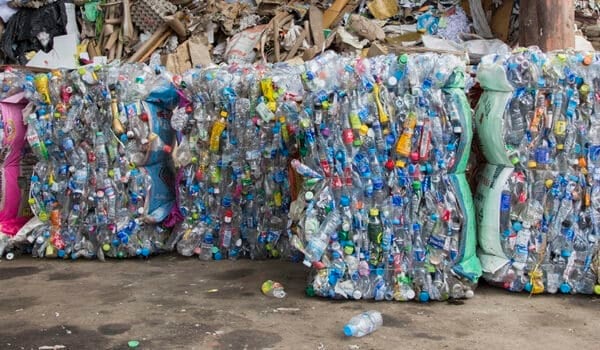A new collaborative study shows how flexible decision-making tools can accelerate validation and harmonisation of methodologies for plastic monitoring.
Plastic pollution is everywhere around the world. A critical knowledge gap is how to count plastics and observing changes or trends over time.
Comparable data is key
Globally, researchers use many different methods and approaches to quantify and characterize plastic occurrence. This has resulted in an overwhelming diversity of approaches, which has spurred the need for a system to validate their use. In short, to gather comparable data, some level of organisation is needed.
As the world works towards ratifying The Global Plastic Treaty, the international community will benefit from simple and adaptable ways to address this complex problem.
All environmental assessments need sound monitoring methods, selected by objective and well-defined criteria. Most importantly, they must be built on validated scientific knowledge. An approach that accelerates the decision-making processes for monitoring and regulation will also support high scientific standards and common ground for promoting best methods within research.
Ground-breaking approach
The researchers involved in the EU H2020 project EUROqCHARM (EUROpean quality Controlled Harmonization Assuring Reproducible Monitoring and assessment of plastic pollution) want to support the decision-making in this process. Thus, they introduce the concept of Technological Readiness Levels (TRLs) applied to Reproducible Analytical Pipelines (RAPs) for plastic monitoring (see fact box).
Combining these approaches with the assessment of environmental plastics is a much-needed innovative development. It is a significant step in supporting decision-making and is a ground-breaking approach for defining monitoring guidelines based on reproducible, harmonized, and comparable methods.
In the new study, the combination of TRL and RAPs is applied to plastic pollution science for the first time. It showcases the potential of this integration as a tool for systematic description of analytical procedures for plastics in the environment. The concept is a fundamental decision-making support tool, and the application of this logic potentially extends far beyond the issue of plastic pollution.

Usable in many different cases
Combining TRLs and RAPs is new and forward looking, and provides notable progress in the development of environmental research, monitoring knowledge, and technology. Off the shelf methods have been merged into a new perspective by focusing on specific and very critical aspects of research and monitoring plastic pollution, but the approach can be applied to many other monitoring cases and seen as a new concept for environmental research and monitoring.
Traditionally, guidelines consider plastic pollution assessments as a unique and solid path dedicated to a sample type or plastic size. When new knowledge or technologies become available, a new full guideline must be implemented, which can be more expensive and time-consuming than updating the new part. A solution to this problem is urgently needed.
All steps in an analytical method (incl. survey design, sample collection, sample preparation, analytical detection, quantification, and data reporting) are described for the first time as RAPs in plastic pollution monitoring and assessment. Each element of a RAP can be assessed for Technological Readiness Levels (TRLs) following an approach first developed by NASA for space technology.
Powerful decision-making tool
“In total, the participants in the EUROqCHARM project reviewed around 3000 articles on plastic pollution. We then divided them according to around 50 different objective, quantifiable parameters – for instance sample volume, limit of detection, plastic particles size, use or not of sample digestion, detection method, reporting units etc,” explains senior scientist Vladimir Nikiforov from NILU.
He explains that NILU was assigned the papers on monitoring microplastics in air.
“As this is a quite new field, we only had 78 papers to read. As a result, air sampling-related modules got a TRL lower than 3, being on a quite basic level still.”
Until now, TRL has been poorly applied to environmental science, and never to plastic pollution monitoring processes.
According to the project group, TRL has immense potential to support decision making on national, regional and international levels. TRLs can help distinguish which methods are at a level which is mature enough to be considered for large-scale monitoring guidelines, and which need to be redirected into research and development (such as investigating microplastics in air). Robust and replicable information is extracted.
RAPs and TRL are combined and used for a systematic validation and global harmonization of plastic pollution monitoring methods. The readiness rating of fundamental steps in RAPs provides expert groups, regulators, and stakeholders with a powerful and flexible decision-making tool to support plastic and other pollutant action plans.
The study “Reproducible pipelines and readiness levels in plastic monitoring” is available from Nature Reviews Earth & Environment.






